Did you know that there are only four blue mosques in the world? One of these rare, beautiful buildings is located in Tabriz, the present capital of East Azerbaijan (Azerbaijan full board tour)province. being covered with dazzling blue tiles, this building has a fascinating story to tell. So let’s get to know the history of the Turquoise of Islam.
Blue Mosque History
The Blue mosque ‘s name in Persian is “Masjed-e Kabud” and “ Goy Masjed” in Azeri which both literary means “Blue mosque” in English. This architectural masterpiece was built in 1465 by the order of Jahan Shah, a ruler of the Kara Koyunlu dynasty that made Tabriz the capital, it was once one of the most famous buildings of its time(Tabriz historical places).
Story of Missing Tiles
If you stand in front of the magnificent entrance of Blue mosque, the first thing that catches your eyes is the blank spots on its blue facade and you might ask yourself “what happened to those tiles?”. Those missing spots have been caused by two massive earthquakes, the first one happened in 1727 and the second one happened in 1773. The reconstruction process has been going on since 1973, but unfortunately, it is still incomplete.
Blue Mosque Architecture
Before earthquakes, the blue mosque was part of a huge architectural complex. This complex included a mosque, a monastery, a courtyard, and a library. All of them were destroyed during the earthquake. Only some parts of Blue mosque have remained, the main gate, the dome and some parts of outer walls.
Despite the earthquake damages, the Blue mosque still has remarkable architecture. It has a unique architectural plan and structure that you can’t find in other Iranian mosques because it was made during the Kara Koyunlu era, which was a dynasty with Turkish roots. The word” Kara Koyunlu” means “Black Sheep Turkmens”, They were a group of Turkmen muslims who ruled over some parts of Iran,Iraq ,Azerbaijan, Georgia, Armenia, and eastern Turkey.
The architect of the blue mosque decided to import Ottoman design elements into his works and the result is a beautiful, unique design which is a combination of Iranian Islamic architecture and Ottoman Iran Islamic architecture.
Persian Calligraphy
There are some unique details in Blue mosque decoration which can’t be found in any other place, there are magnificent examples of fine Islamic Persian calligraphy inside such as Kufic and Thuluth scripts. also Various geometric patterns designed by famous calligrapher of the time, Nematollah Ibn Mohammad Al Bawwab, enhance the beauty of the tiles even more.
You can see the “swastika” symbol all over the entrance walls, this symbol, also known as “Gardoone-ye Mehr” or Mithra’s wheel in Iranian mythology, can be seen in other Iranians mosques and buildings such as “Jameh Mosque” in Yazd.
Jahan Shah Mausoleum
In the southern part of the blue mosque, you can visit the mausoleum and tomb of Jahan Shah, the king who ordered to build this masterpiece. So if you plan to visit the Blue mosque
Don’t forget to visit his tomb.
A Heaven for Photographers
Because of its unique architecture and masterly use of shadow and light, Blue mosque is a dreamy destination for photography enthusiasts who like to take unique pictures from an Islamic architecture masterpiece.
If you ever planned to visit Tabriz, put the Blue mosque on your bucket list, It’s a must-to-see place.

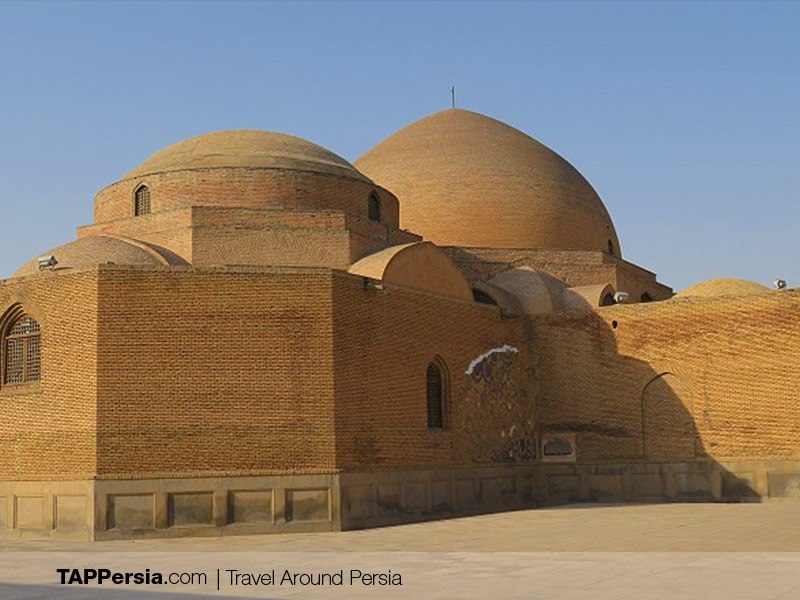
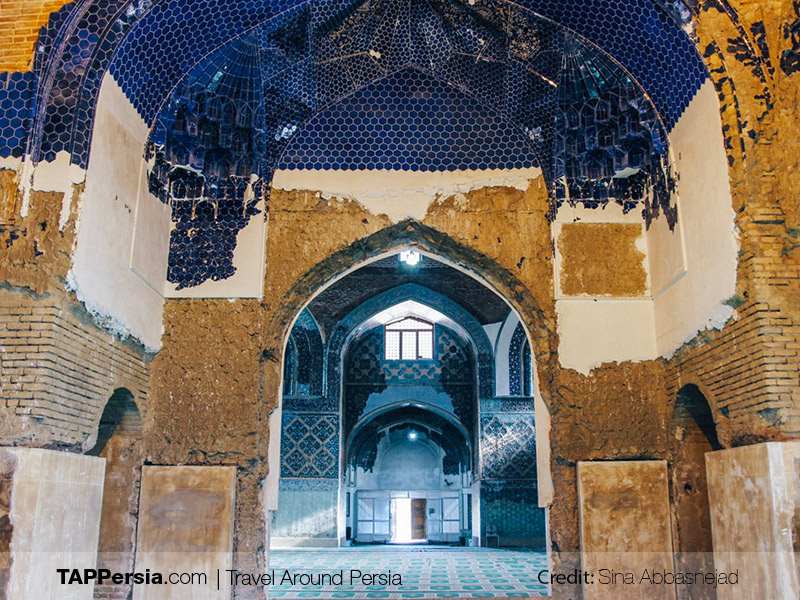
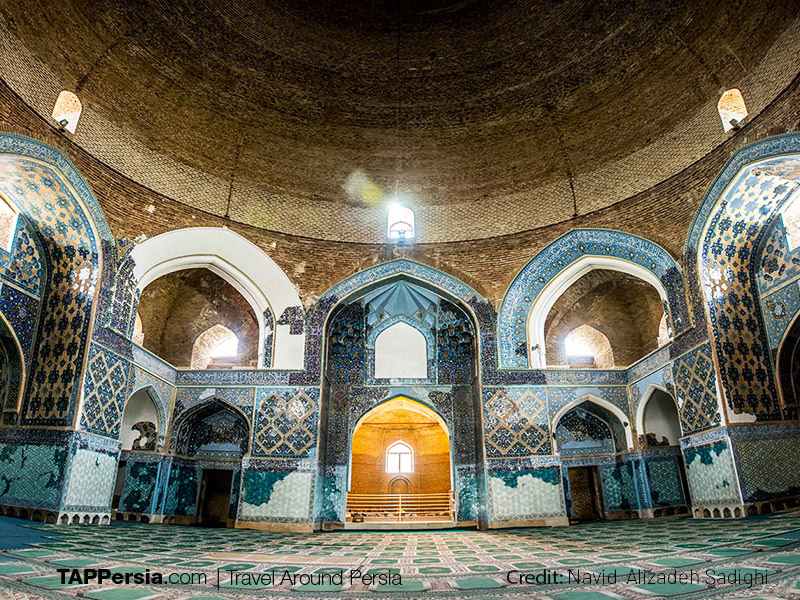

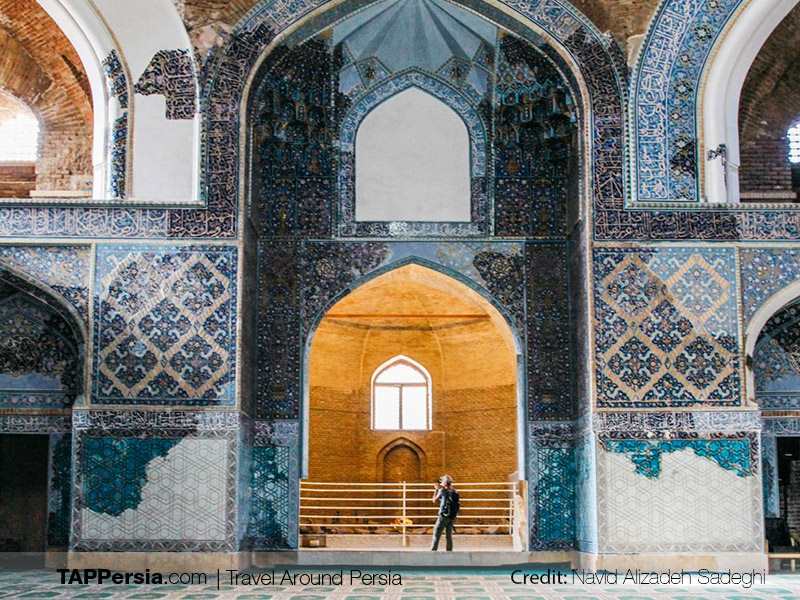

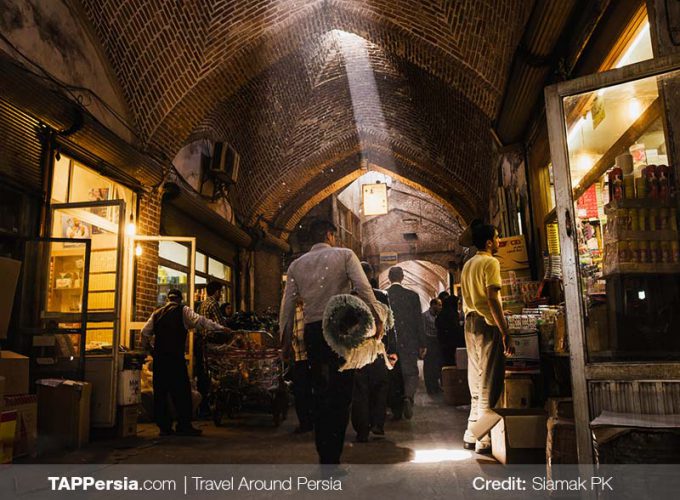
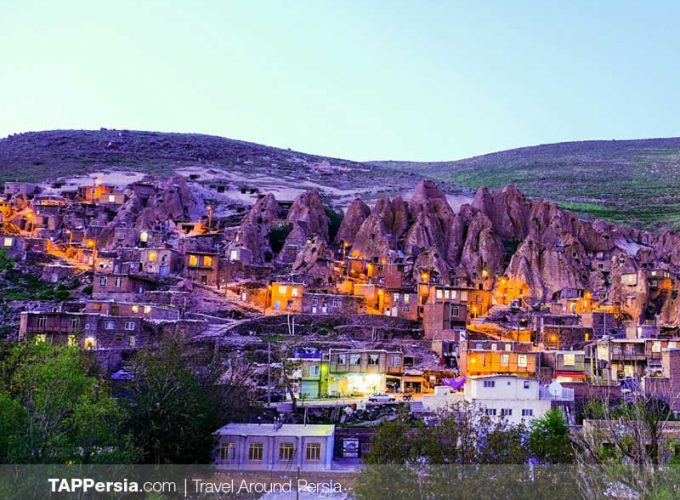
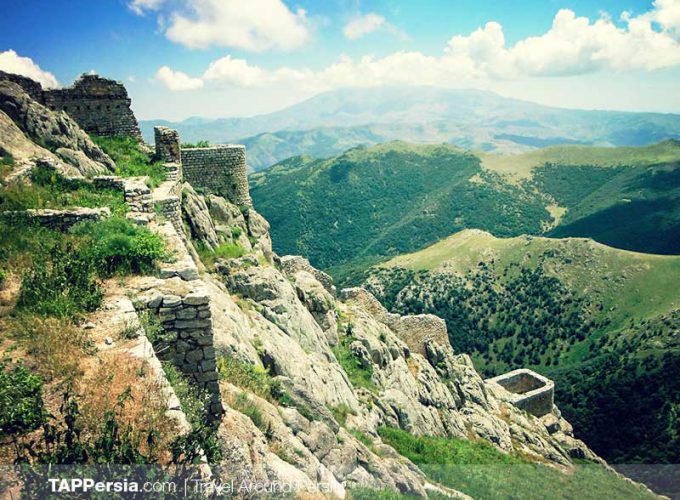
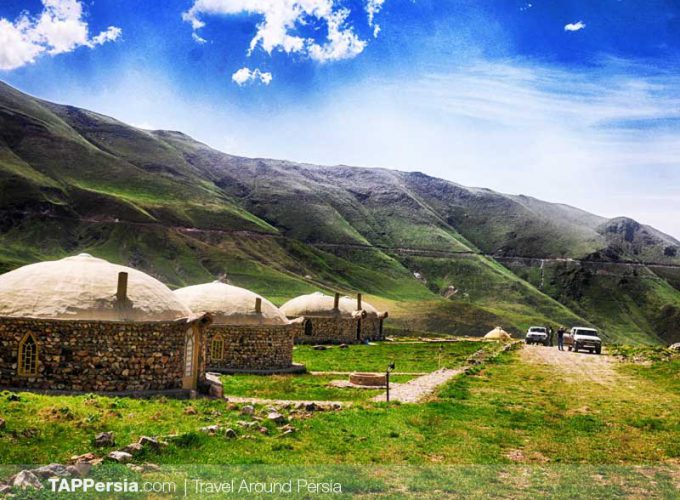
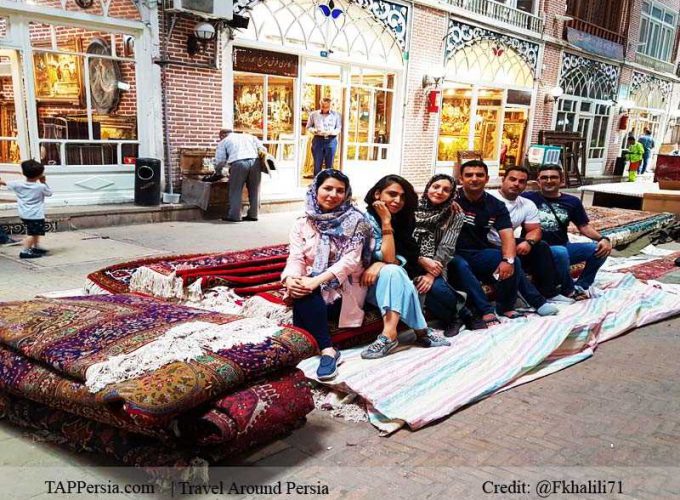


Comment (0)